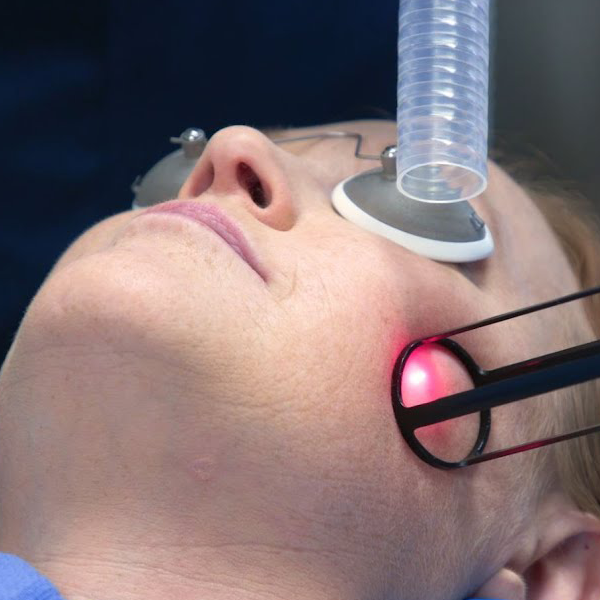How is scar revision performed?
For surface scars that need a cosmetic improvement, our doctors can remove the top layer of skin so that healthy skin can form at the scar site. These options include dermabrasion, laser therapy, chemical peel or skin bleaching.
Sometimes for deeper scars an incision is needed to surgically remove the old scar.
What is the success of laser scar revision?
Scar treatments vary in terms of how much reduction one can see. Variables include the type and depth of the scar, your skin tone and how well your skin responds to the laser. Our doctors are highly experienced in scar removal and will be able to advise you at the beginning of your treatment plan as to how much improvement & total sessions you should expect from your procedures.
How do laser treatments for scars work?
Laser scar revision cannot make a scar disappear. Instead, they’re designed to make a scar appear less noticeable.
The body begins the process of repairing a wound after a skin injury. A scab develops over the injury to protect it from germs, then eventually falls off. Sometimes, the skin underneath a scab is the same color as the rest of the body. However, depending on the depth of the injury, a scar often remains after a scab falls off.
These scars may fade or become lighter with time. When a scar becomes permanent, laser treatments can be used to remove the outer layer of the damaged skin’s surface. They basically smooth the skin to improve tone and appearance.
These lasers are also used to target blood vessels in the scar tissue and reduce redness.
Types of laser treatments for scar
Ablative or laser resurfacing
This type of treatment improves the appearance of scars, warts, and wrinkles. Resurfacing removes the outer layer of skin and eliminates skin cells that have been damaged at the surface level. Your doctor may use a carbon dioxide (CO2) laser for deeper scars, or an erbium laser for surface scars.
Fractionated laser resurfacing
A laser penetrates a deeper layer of the skin’s surface to remove dark pigmented cells. This procedure also stimulates collagen production and skin cell renewal, which can make your scars appear less noticeable.
Non-ablative laser resurfacing
Infrared heat lasers penetrate the inner layer of the skin. This also stimulates collagen production and cell renewal to replace damaged skin cells. Laser treatments for scars are outpatient procedures, although the length of procedures vary. You can expect some mild discomfort during treatment. Your doctor will apply a topical anesthetic to numb the area so you don’t feel pain. You can ask for sedation if you’re treating a larger scar.
Post operative management
- Avoid direct sunlight for four to six weeks after the procedure.
- Apply a cold pack to the area to reduce swelling.
- Take over-the-counter pain medication if needed.
- Wash and apply moisturizer daily.
- For facial procedures, you may need to avoid makeup for a few days.
Laser skin treatments for scars are long-lasting, although results may not be permanent. You may need repeated treatments in the future.

